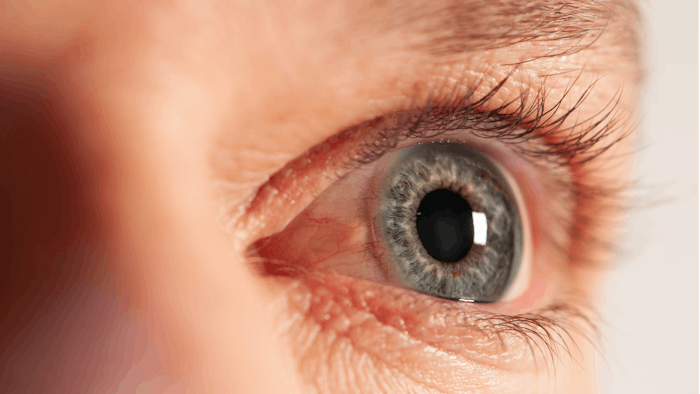
Researchers sought to determine the arterial distribution in the orbit in order to define a safety zone for retrobulbar filler injections used to enhance orbital volume. The findings of the study were published in the Journal of Plastic and Reconstructive Surgery (June 2021).
Researchers dissected 27 orbits of 24 formalin-embalmed cadavers. The orbital arteries were identified after removal of the eyeball, extraocular muscles and connective tissues. The course of each orbital artery was then recorded in each specimen, and all of the courses were then superimposed to determine the arterial distribution in the orbit.
Related: Risks of Laser Plumes
The superimposition of lined images based on the orbital vasculature of each specimen revealed that the arterial density was highest in the superonasal region and lowest in the inferotemporal region. In particular, orbital arteries were scarce at 8 o'clock and 4 o'clock in the right and left orbits, respectively, with an artery-free zone demonstrated in the outer part of those directions.
Authors Hyun-Jin Shin, MD, PhD, et al, advised that, when performing a transcutaneous retrobulbar injection of filler for orbital volume enhancement, the relative safety zone could be considered to be located at 8 o’clock and 4 o’clock in the right and left orbits, respectively. They noted that the topographic information about the arterial distribution in the orbit may help injectors avoid injury to major vessels and decrease the risk of retrobulbar hemorrhage and vision-threatening complications.











